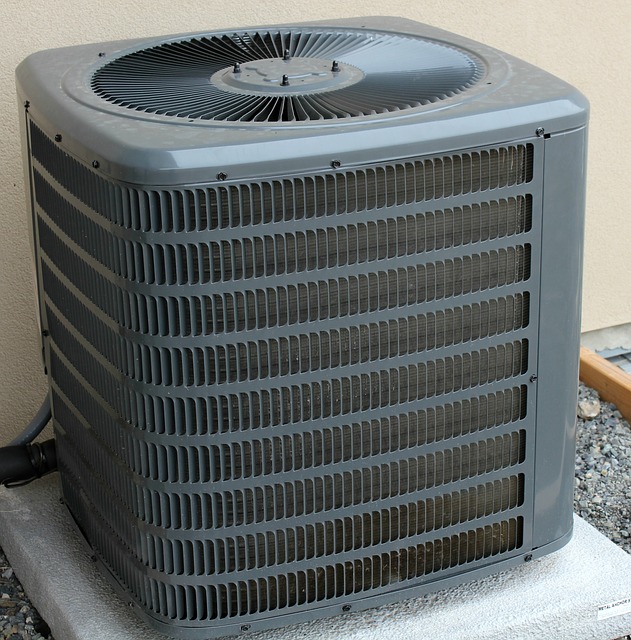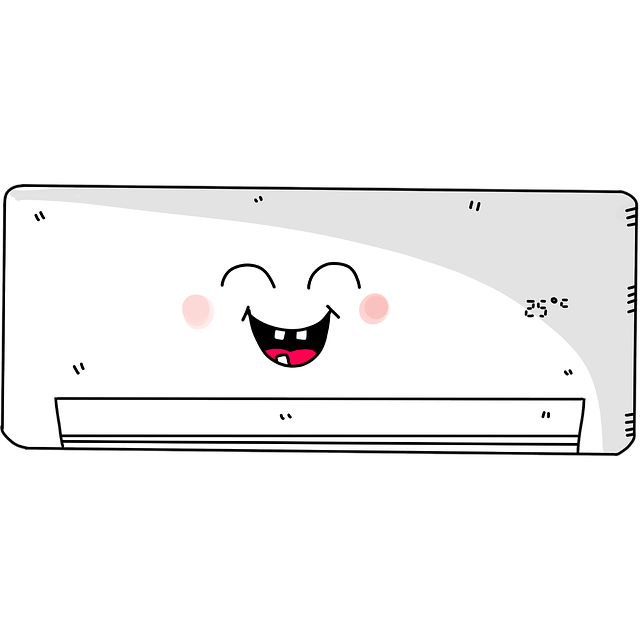Heating, ventilating, and air conditioning (HVAC) are an integrated technological technology for indoor and outdoor indoor and indoor environments. Its intention is to offer acceptable indoor air quality and thermal comfort to the occupants. HVAC involves the design and study of their physical nature, functions, and regulation of heat, air, water, humidity, and temperatures in the enclosed space. Specialized knowledge and expertise in the field are provided by HVAC professionals. Through research and investigation, they could determine and provide options for improving indoor problems.
A Guide to Heating and Cooling Systems
There are 3 kinds of heating and cooling systems. All these are forced-air, liquid-oxygen, and combustion. Forced-air systems use a buff and blowing activity to circulate air by means of a heating system. Liquid-oxygen systems employ the fundamentals of refrigerant extraction and are generally considered cheaper. Combustion heating techniques involve combustible gasses since the origin of energy. The final type of HVAC system uses a combination of all three to meet the varied needs of various applications.
A Guide to Heating and Cooling Systems
In the heating and cooling category, a forced-air system is usually preferred because of its economical efficiency and availability. It’s also easy to install. On the other hand, the downsides of forced-air systems are that it tends to create a good deal of carbon dioxide. Also, there’s a loss of efficacy at higher temperatures.
Standard heating and cooling systems are either convective or radiative. Convective heating and cooling system draw warm air from the surroundings and direct it to the inside of the building. Air-source heating and cooling methods draw warm air from inside the building and disperse it to the outside through a system of vents. Radiative heating and cooling system utilize a furnace to make heat. It also uses an air-source heating pump to disperse the heat generated. Additionally, there are hybrid systems that combine the two.
The normal price of heating and cooling systems is involving forty-five to sixty U.S. dollars per square foot. This price includes setup, which may be achieved by a skilled or by homeowners who are comfortable doing the setup themselves. Normal heating and cooling costs also include heating and cooling costs for furnaces, pumps, filters, fans, air ducts and windows. The cost of running the HVAC equipment itself depends on the size and type of the gear. The more equipment that is used, the more it will cost to run.
A Guide to Heating and Cooling Systems
Heating and cooling equipment has many advantages and disadvantages. For example, heating systems can reduce energy consumption that’s fantastic for the environment. In addition, heating units are extremely effective at producing temperatures in excess of the ones which nature supplies. But most heating units aren’t effective at maintaining the temperatures needed to meet indoor temperature conditions during the winter months, once the common temperatures are cold and staying below freezing.
Among the advantages of the HVAC system is its capacity to regulate the temperatures indoors and outside. This can be beneficial because it helps prevent the loss of heat through the doors and windows of a building. On the other hand, the reverse is also true which is that heating and cooling systems are quite good at keeping buildings at their optimum temperature levels during the summertime, particularly in the hot months. They are also able to make outdoor temperatures comfortable in the summertime, which is particularly beneficial for companies that have outdoor occasions.
A Guide to Heating and Cooling Systems
Heat pumps and air conditioners provide another option for cooling and heating systems. Heat pumps can provide air conditioning solutions to homes and business offices. If the indoor air quality of a building is bad, as is frequently the case in the summertime, air conditioners offer a valuable support. Heat pumps, however, should only be used in the context of an proper indoor air quality management program, such as duct cleaning, adequate insulation, and efficient venting. These systems can produce a considerable contribution to indoor air quality by decreasing the loss of heat through the doors and windows of buildings.

